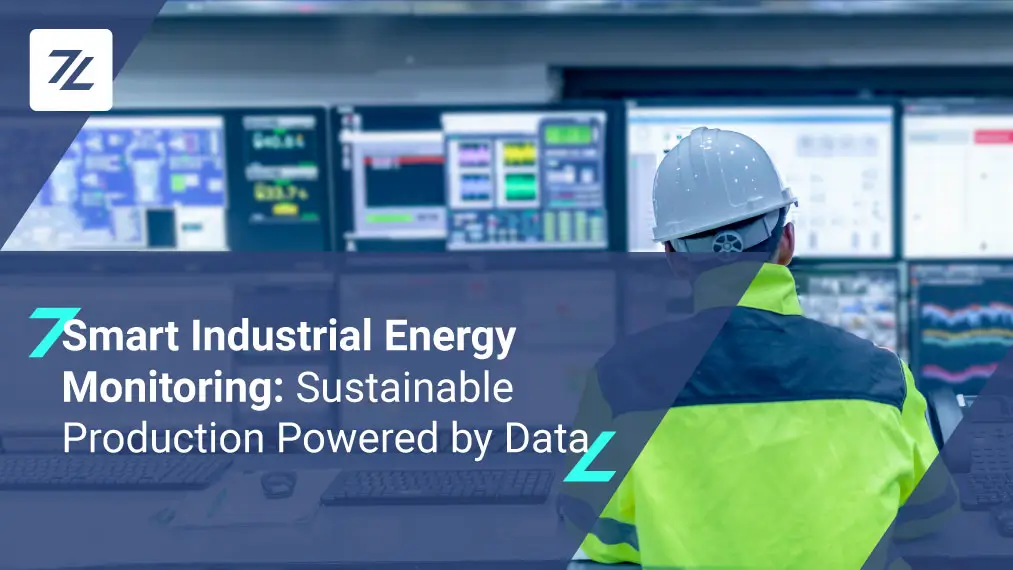Expert opinions on the role of blockchain technology in the Industry 4.0 revolution are sharply divided between optimists and skeptics. But what are the benefits and drawbacks of using these innovative tools which leverage data to optimize production, while enhancing operational efficiency?
Applying blockchain technology within the context of Industry 4.0 enables increased security in production systems, with numerous advantages in the process of data collection, storage and exchange. However, not everyone shares this optimism, considering the risks of asset loss and the maximum limit of transactions per second.
Let’s explore together how it works and the potential advantages and disadvantages of its application in the manufacturing sector!
What is blockchain technology and how it works
A blockchain can be thought of as a database, but it only allows the addition of new records without modifying or deleting older ones. Once inserted, records in the blockchain (also known as DLT, Distributed Ledger Technology), are immutable, meaning that there is no operation in the protocol to update them.
In general, databases not only store data, but also ensure their consistency according to certain rules. For example, if a value in a record is declared greater than 0, the database will never allow the entry of a negative value for that record. The blockchain follows a similar principle, with the exception that its consistency rules can be extremely complex. In Bitcoin, for instance, , the main consistency rule states that a transaction cannot transfer more bitcoins than the current balance contains.
In more advanced blockchains, such as Ethereum, a transaction can trigger the execution of a function in a Smart Contract, so the consistency rule becomes as complex as verifying that the result of that execution is consistent with the current state of all ‘smart contracts’ involved in the computation (yes, a smart contract can invoke other smart contracts).
But how does blockchain technology work? Each piece of information to be recorded is placed in a block that contains its own ‘hash fingerprint’, which in turn is linked to the hash set of the next block (Fig. 1).
This is a real movement of assets of a physical (tangible element) or abstract (intangible element) product. This block of data can store as much information as desired, for example on a given entity, and record it for use when needed.
Each block is linked to those preceding and following it, preventing any displacement. Each of these transactions is stored precisely as an invisible chain, providing security and making the entire process as unassailable as possible.
How to use blockchain technology in industry
To use blockchain, a ‘virtual wallet’ is necessary to send transactions. By utilizing an identification address as the public key, it is possible to access transactions and thus visualize data.
Those who hold the private key, on the other hand, are the only ones able to generate transactions via a true asymmetric double-key encryption system, public and private.
Blockchain technology is gradually affecting all sectors and the idea of using this technology also in Industry 4.0 is becoming more and more concrete, as an increasing number of manufacturing companies are ready to explore the final benefits.
All IoT devices used at different stages of the supply chain can send their data as transactions on a blockchain, and this obviously generates costs. But the scenario changes significantly if we consider using a blockchain accessible only to selected users for traceability purposes. In this case, it is easier to design systems based on IoT and the blockchain.
Another cost advantage to consider concerns trust: in fact, blockchain can reduce the costs of trust, where it is expensive to establish. Logistics companies, for example, have an incentive to share data on the blockchain as a smart contract could automatically resolve disputes over the condition of goods or reduce the insurance premium paid.
Blockchain optimists in the manufacturing sector
The growing need for data in Industry 4.0 shows the need for intelligent systems that can manage information in a secure and agile manner.
IoT technologies make it possible to extract a large amount of data from machinery: but how to manage it properly?
In this context, blockchain technology could represent an excellent solution for the secure storage of records. Thanks to the asymmetry characteristic of the keys used for records, secure communication between information and products is guaranteed, facilitating integration between specialized SMEs and large companies.
Using virtual records in this context allows integrity and data security without the involvement of third parties. In this way, it is clear how the advantages of using this technology relate mainly to:
- Security of information storage
- Traceability of data transfers in the register blocks
- Disintermediation
- Transparency and verifiability
- Register immutability
- Programmability of transfers
Disadvantages and skepticism in the use of blockchain
The use of blockchain technology certainly offers advantages in terms of transparency, security and decentralization, but it also presents some disadvantages and challenges. Here are some of the most significant disadvantages associated with blockchain:
- Scalability. Every transaction must be validated by all nodes in the network: as the number of transactions increases, the process can become slow and cumbersome,
- Privacy. Transactions on the blockchain are public and transparent, therefore the privacy of the parties involved can be compromised.
- Loss of keys and access. If a user loses their private key or is unable to access it, they could lose access to their digital assets on the blockchain permanently.
- Possibility of attacks. Although blockchains are designed to be secure, there are still potential threats, such as 51% attacks, and vulnerabilities in smart contracts.
Blockchain in the Manufacturing Industry: yes or no?
The adoption of blockchain technology in the manufacturing industry is a decision that requires a careful assessment of the industry-specific benefits and challenges.
Blockchain could offer significant benefits to the manufacturing industry, such as supply chain traceability, product identity management and fraud reduction. The ability to create an immutable record of transactions and data throughout the entire product lifecycle could improve transparency and efficiency of operations.
However, it should also be considered that the implementation of blockchain technology requires investments in terms of technical resources, training and management. In addition, scalability and privacy challenges could affect the effectiveness of the technology in some cases.
Curious to learn more? Read the white paper and discover what blockchain technology is and how it can be used in sectors where IoT is already predominant.
Share This Story, Choose Your Platform!
Follow Zerynth on
Latest Posts






